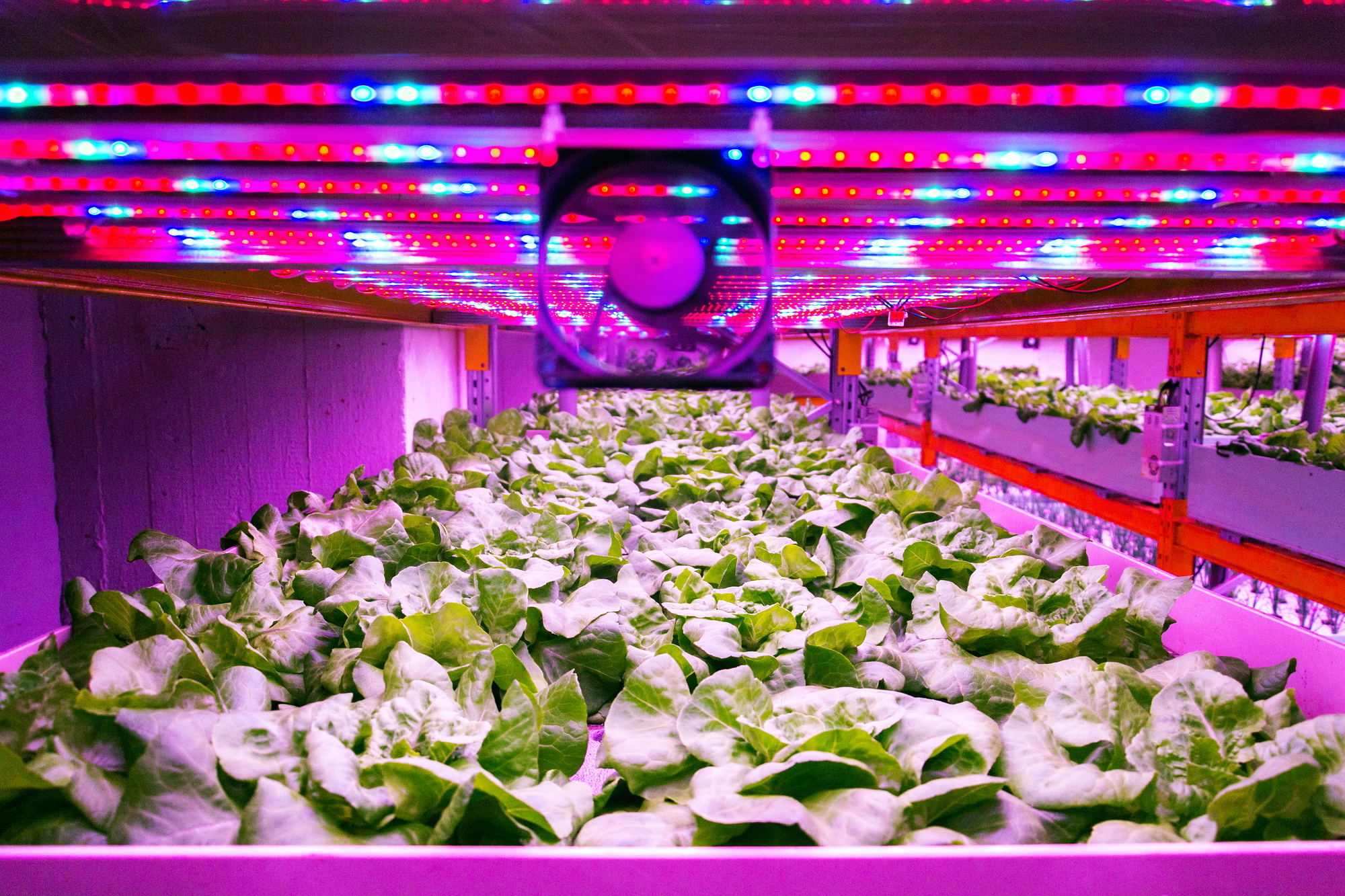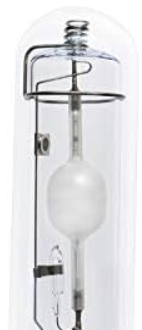Hydroponic Grow Lights
Types, Benefits, and Usage
Hydroponics has revolutionized the way we cultivate plants by eliminating the need for soil. One of the key requirements for success in a hydroponic setup is adequate lighting. Grow lights replicate sunlight and provide plants with the necessary spectrum for photosynthesis. This article delves into the different grow lights available, their features, benefits, and how they affect plant growth.
Check out our reviews of hydroponic grow lights to make sure you get a lighting system that will fit your needs.



Grow Lights
Fluorescent Grow Lights
- Types: Compact Fluorescent Lights (CFLs) and T5 grow lights.
- Light Spectrum: Balanced spectrum, good for vegetative growth.
- Features & Benefits:
Energy efficient
Low heat output; can be placed close to plants
Affordable - Best for: Seedlings, greens, and herbs.

High-Intensity Discharge (HID) Lights
a. Types: Metal Halide (MH) and High Pressure Sodium (HPS).
b. Light Spectrum:
- MH: Blue spectrum, suitable for vegetative growth.
- HPS: Red/orange spectrum, ideal for flowering and fruiting.
- c. Features & Benefits:
- High light output, covering a larger area
- Better penetration for bigger plants or dense canopies
- Often require reflectors, ballasts, and cooling systems
- d. Best for: Large scale systems, flowering, and fruiting plants.

Light Emitting Diodes (LED) Grow Lights
a. Types: Varies based on the spectrum – full spectrum, veg/flowering specific. b. Light Spectrum: Can be tailored for any phase of growth.
c. Features & Benefits:
- Highly energy efficient
- Longer lifespan (up to 50,000 hours or more)
- Adjustable spectrums available
- Lower heat output than HID
d. Best for: All stages of plant growth, customizable setups.

Ceramic Metal Halide (CMH or LEC) Lights
a. Types: Variation of MH.
b. Light Spectrum: Complete spectrum, UV to far-red.
c. Features & Benefits:
- Higher CRI (color rendering index) for better light quality
- Increased UV exposure can enhance plant profiles
- Longer lifespan than traditional MH lights
d. Best for: Full cycle growth from seedling to flower.
Light Cycles and Spectrums
Light Cycles: Refers to the amount of time the plant receives light vs. darkness. It’s crucial in determining the plant’s growth stage.
- Vegetative Stage: Requires more hours of light, typically 18 hours of light and 6 hours of darkness.
- Flowering Stage: Mimics the fall season with equal light and dark hours, usually 12-12.
Light Spectrum: Plants require different light spectrums at various stages.
- Blue Spectrum (400-500 nm): Vital for vegetative growth, promoting strong roots, and dense foliage.
- Red Spectrum (600-700 nm): Important for the flowering and fruiting stage.
- Green Spectrum (500-600 nm): Not directly utilized in photosynthesis, but helps in penetrating deeper into the canopy.
Conclusion
Choosing the right grow light for your hydroponic system depends on various factors, including the type of plants, their growth stage, and the available space. It’s essential to understand the needs of your plants and how different light sources can impact their health and yield. By selecting an appropriate light type and understanding the importance of light cycles and spectrums, growers can optimize their hydroponic systems for maximum productivity.
Stay In Contact
Drop us a note and let us know what is on your mind regarding hydroponics.
Address
2700 Brase;ton Hwy. Suite 10-244, Dacula, Ga. 30019
Phone
(706) 247-7060
